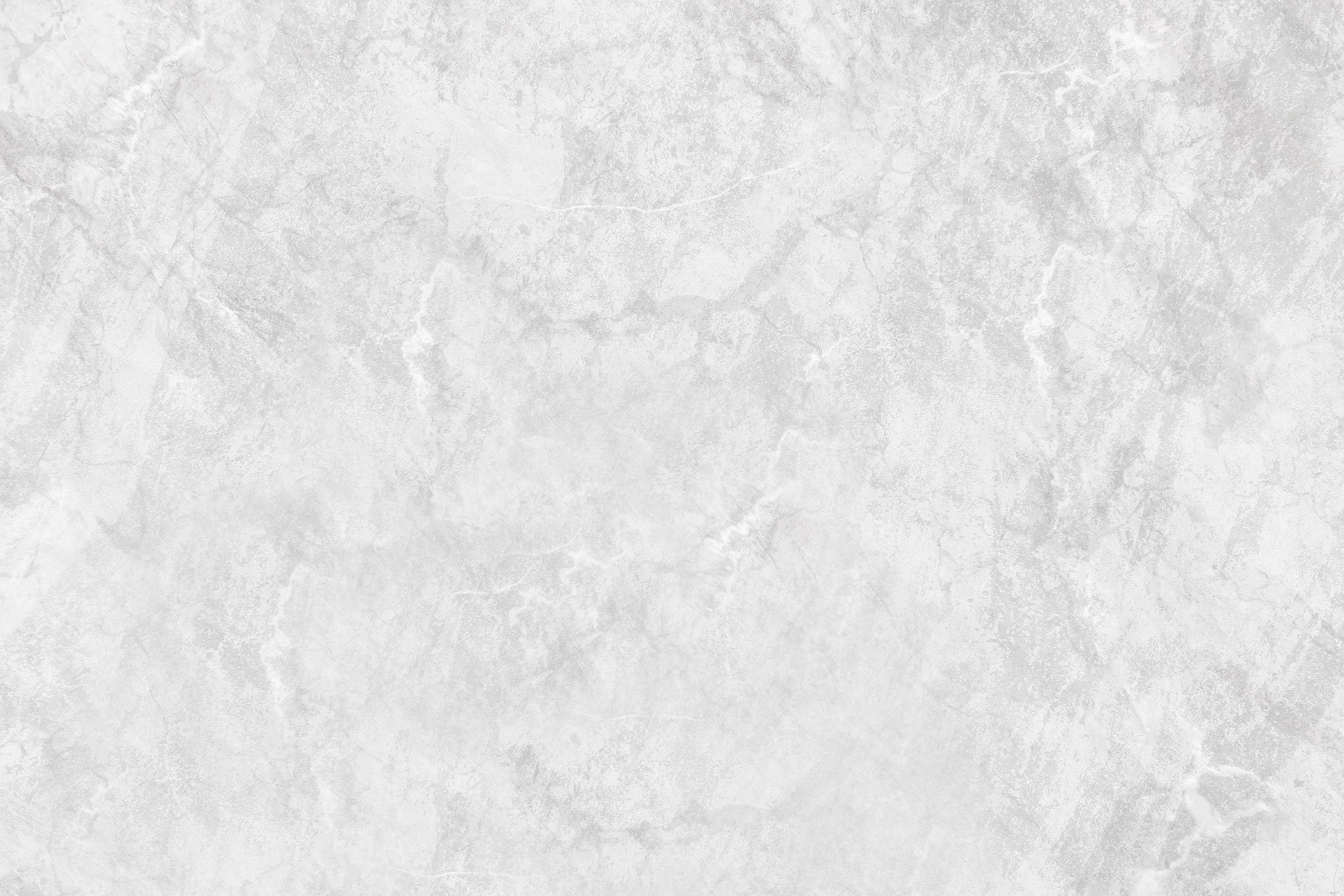
DERMAPLANING FAQ
Dermaplaning is one of our most popular facial treatments, but we know its completely new to some of you! We've dedicated this page to answering some of the most frequently asked questions we get surrounding Dermaplaning to help you better understand the treatment and feel more confident when booking your appointment. If you have any other questions that you don't see here, feel free to drop us a message!
Will dermaplaning make the hair grow back thicker & darker?
This is probably the biggest myth surround Dermaplaning. The vellus hair (or peach fuzz) that we have on our face is a completely different type of hair to the course, terminal hair we have on our legs, armpits and pubic areas.
When performing the treatment, we are only cutting the hair at the surface of the skin, the root of the hair actually lives way below the surface of the skin and we do not disturb the hair follicle in any way – it is physically impossible for us to alter the hair growth! When the hair begins to grow back it may feel slightly different, due to it now being blunt at the ends (rather than tapered) but once the hair has fully grow in the tapered end will return and the hair will feel exactly as it did before. The hair itself usually takes about 4 weeks to grow back and at this point you can book in for your next Dermaplaning facial.
Will dermaplaning hurt?
Despite us using a surgical blade to perform the treatment, Dermaplaning is actually pain free. It is a much more comfortable form of hair removal compared to waxing, threading and laser, a gentler form of exfoliation than microdermabrasion. You’ll find its actually quite relaxing!
How often do I need this treatment?
This really depends on you and the results you want to achieve. For maximum benefit I recommend monthly Dermaplaning facials, however it’s also a great treatment as a one off if you have a special occasion coming up and you want your skin to be extra glowy and smooth (dermaplaning creates the perfect canvas for makeup to sit on)!
Can’t I just use a normal razor and do it at home?
We strongly advise against this. Regular razors will not yield the same results, they can be unhygienic and you are at risk of damaging your skin. The blades we use during treatment are single use, sterile and incredibly sharp. These allow us to achieve a beautiful end result in a safe and hygienic manner. Why risk harming your delicate skin just to save a few pennies?
Am I suitable for this treatment?
Most skin types are suitable for Dermaplaning, and will benefit from introducing it as part of their skin care routine. The only skins we unfortunately cannot treat are those with quite severe active acne, or those who are currently on a course of prescribed acne medication. However, this is a great treatment to include once the course of medication is finished and the acne has cleared. The treatment is safe for expectant mothers, and men can be dermaplaned on areas where facial hair does not grow.
Will dermaplaning cause breakouts?
Dermaplaning will not directly cause breakouts, and it can actually help prevent them from appearing. Through exfoliating the skin we remove a lot of excess oils, dirt and bacteria that is trapped in the skin that would usually cause breakouts. Doing this helps reduce congestion, and will actually help any anti-breakout product you are using penetrate the skin deeper and become more effective.
Is there any downtime?
There’s no downtime with this treatment and the results are instant, you’ll just leave with fresh glowing skin. Some clients do experience a little redness after the treatment but this usually subsides pretty quickly, and we do give some aftercare advise that we ask you to follow after your treatment.






